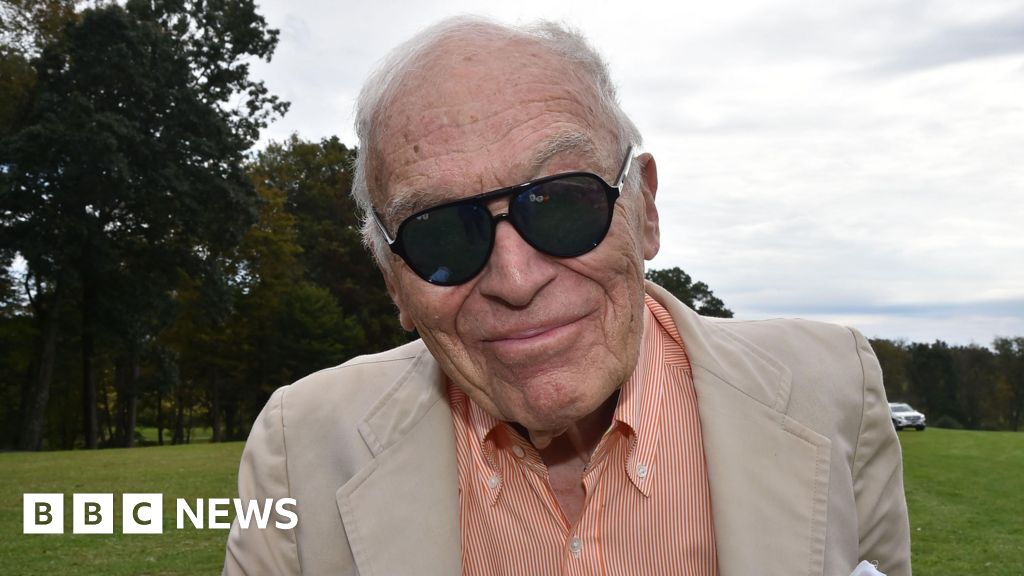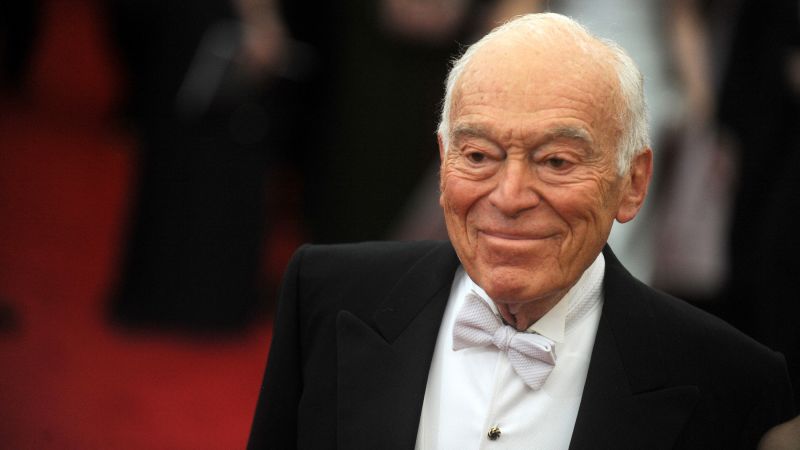Leonard Lauder, Esteemed Art Collector and Philanthropist, Passes Away at 92
Leonard Lauder, a billionaire art collector and philanthropist, has died at 92, leaving behind a legacy of generosity and advocacy for cancer research.
Subscribe to unlock this story
We really don't like cutting you off, but you've reached your monthly limit. At just $5/month, subscriptions are how we keep this project going. Start your free 7-day trial today!
Get StartedHave an account? Sign in
Overview
- Leonard Lauder, a billionaire and former CEO of Estée Lauder Companies, passed away at 92, leaving a significant impact on art and philanthropy.
- He pledged his billion-dollar collection of Cubist artworks to the Metropolitan Museum of Art, marking the largest gift in the museum's history.
- Lauder was a passionate advocate for cancer research, serving as honorary chairman of the Breast Cancer Research Foundation.
- His contributions to the art world and cancer research highlight his commitment to philanthropy and community support.
- Lauder's legacy will continue through his art collection and the ongoing work of the organizations he supported.
Report issue

Read both sides in 5 minutes each day
Analysis
Emphasizes Leonard Lauder's significant philanthropic contribution of Cubist art to the Metropolitan Museum.
Articles (3)
Center (2)
FAQ
Leonard Lauder pledged his billion-dollar collection of Cubist artworks to the Metropolitan Museum of Art, marking the largest gift in the museum’s history.
Lauder served as honorary chairman of the Breast Cancer Research Foundation and was a passionate advocate for cancer research, highlighting his commitment to philanthropy.
Leonard Lauder served as President of The Estée Lauder Companies from 1972 to 1995 and as CEO from 1982 to 1999, transforming the company into a global beauty giant and overseeing key acquisitions.
Leonard Lauder introduced the “Lipstick Index,” a concept suggesting that sales of high-end cosmetics tend to rise during economic downturns as consumers turn to affordable luxury; it became a widely discussed, though debated, economic indicator.
Leonard Lauder’s legacy includes transforming Estée Lauder into a global prestige beauty giant, institutionalizing strong corporate governance, and building a strategic acquisition playbook, all of which will help sustain the company’s growth and resilience posthumously.
History
- This story does not have any previous versions.



